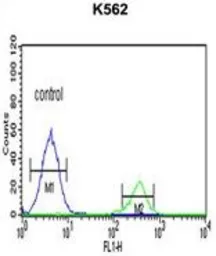KIR3DS1 antibody, C-term
Cat. No. GTX81103
Cat. No. GTX81103
-
HostRabbit
-
ClonalityPolyclonal
-
IsotypeIgG
-
ApplicationsWB FCM
-
ReactivityHuman

